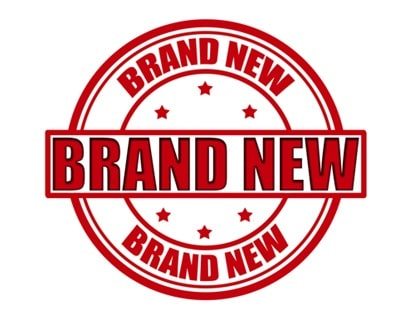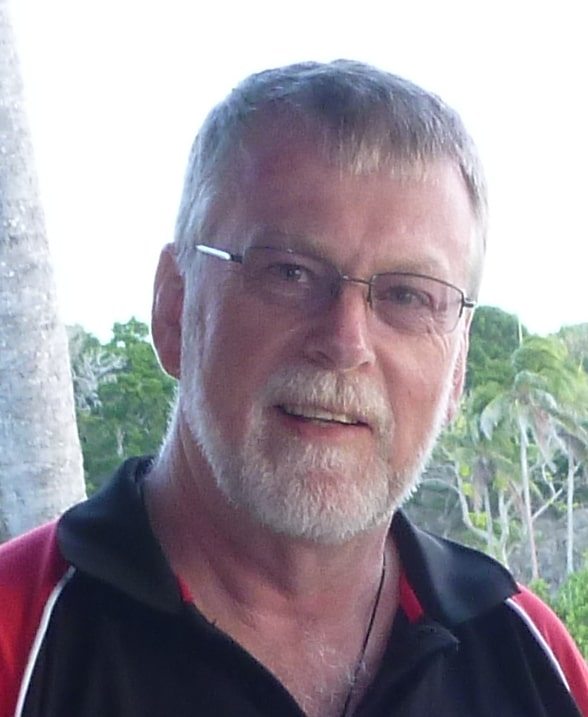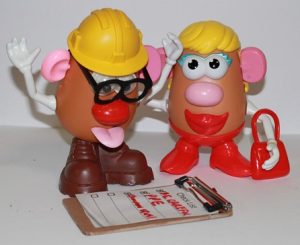Do we really need “One More” safety brand?

Now, apart from the harm that this will do to the “believers” that Zero Harm is the only goal we can have if we truly believe in safety, what is one more “Safety Brand” going to do that the others have not?
I declare up front I have a bias (but we all do don’t we?). I have developed a basic mistrust in the value of “branding” safety. 26 years ago I was involved in developing and implementing an NSCA 5 Star SMS for my employer. It wasn’t long before we were doing “5Star” stuff instead of looking to the wellbeing of people. Safety had become “5Star”! And by the way, the tenor of the language soon became, not one of inspiration but ultimately of scepticism at best, and derision and scorn at worst.
Then a few years later (for another employer) it was the DNV Safety Rating System and later NOSSA etc.
I know I wasn’t alone. Many of my friends and colleagues in the “Safety Industry” were doing likewise. We were all busy building systems that appeased the requirements of a set of “elements” and were ultimately looking to meet the requirements of relevant audits. And many of us got good at it and thought (at the time) we were doing a good job. Obviously passing the audits meant that our people were safe.
But the thing is that I don’t see that very much has changed in all that time.
We now do Dupont, or Safety 1, or Safety 2, and Zero Harm and apparently soon “Plus One”, and they are still about elements and audits; about metrics, and reporting (LTI’s, LTIFRs, MTIFRs, Incident Investigations completed within the set period, Safety Inspections done on time, Observations per month… etc) which no one believes in; and more importantly, that have nothing to do with how people make decisions about risk. Or even, (if we just focus on due diligence as the aim) with how Boards, CEOs and managers can “prove” that they are managing their peoples’ interaction with risk.
So, I believe that it is not time for a new “safety brand” which will bring a new regime of slogans and mantras and a new breed of checklists, and forms and statistical reporting and meaningless measures and graphs. We all know that nothing new will be added by the implementation of the new breed of JHA, or whatever it will be called. We know this because we also know that the situation captured by a static JHA does not relate to the actual workplace situation, which (if we take the time to listen to the workers on the job) is in a state of constant flux; the unexpected happens all the time.
It is time for a different conversation altogether. It is time to stop talking about safety and safety systems and to instead start talking about risk. It is time to change the language and curriculum of the risk and safety industry such that the focus is not on a bunch of nonsense metrics and system elements.
It is time to bring the focus to developing a culture where people are risk savvy, where people and work teams are educated, trained and trusted to discern and manage the risks involved in their work. Where they develop the skills and flexibility to quickly identify and manage the unexpected; and where the organisation’s focus is squarely on the wellbeing of their people and not on the latest “Safety Brand”.
As ever, I welcome your comments and thoughts and maybe a chat about how to start those different conversations and about how we might build risk savvyness into our people development activities.
Author: Max Geyer
E-mail: max@viamaxconsulting.com
Web: www.viamaxconsulting.com



Do you have any thoughts? Please share them below